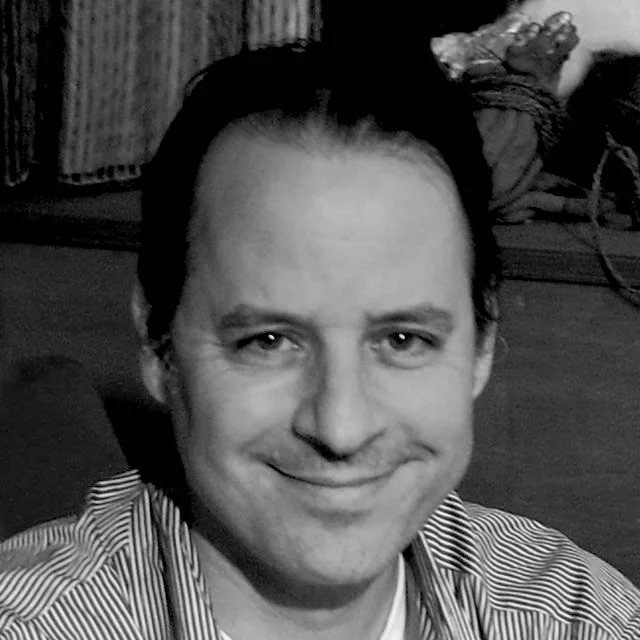MARTIN RUHE
Early on in my career, I met a cameraman called Mike Southon. When I was working as a runner in London, on weekends I would try to go to shoots and see as many shoots as I could. Mike once told me our job would be. 10% is craft, 10% is talent, and 80% would be diplomacy. It’s actually interesting because quite often we caught in-between producers telling you, “Oh, you can’t have this.” Or, you have to do this. Or this is the framework. And then directors telling you, “I want to see the whole world at night.” And you go, “That’s a lot of money...” So, I think that’s one interesting thing I learned early on.
There are many people you meet along the way and you pick up things from them. I loved when I started working with Anton Corbijn. His photography is so…he mainly uses one lens. One camera. It’s not complicated, but he gets intimate with people in the way he is with them. That’s why his portrait photography is so stunning. Over the years, it’s relevant because he’s curious, he’s open, and he just allows things to happen. I love that. I love creative things.
Early on, I did some workshops with some of the great DPs like Robby Müller. And then you watch films, you read, you listen to what people have to say about them.
This interview was conducted by Mia Funk with the participation of collaborating universities and students. Associate Interviews Producer on this podcast was Bret Young. Digital Media Coordinator is Yu Young Lee.











